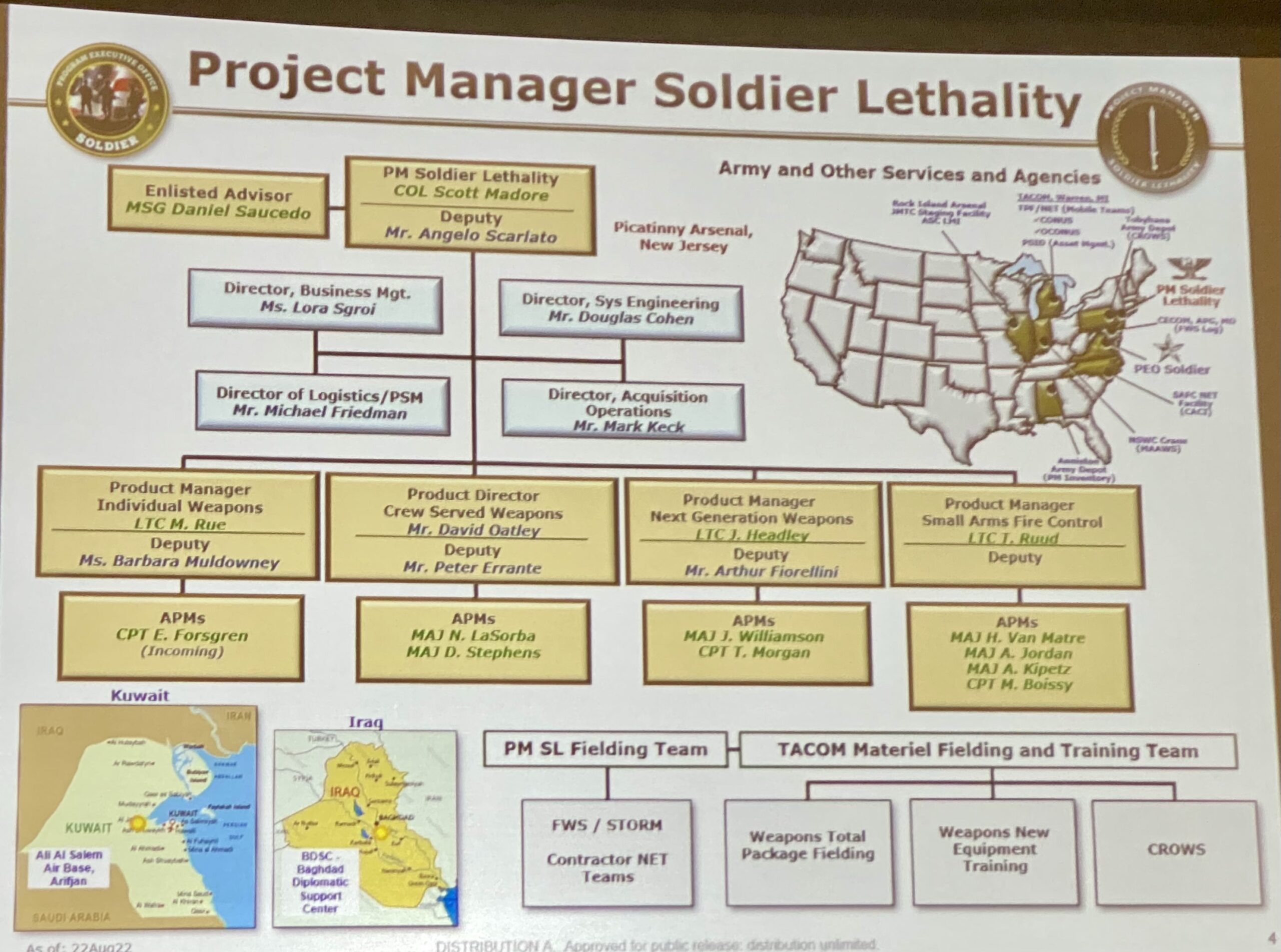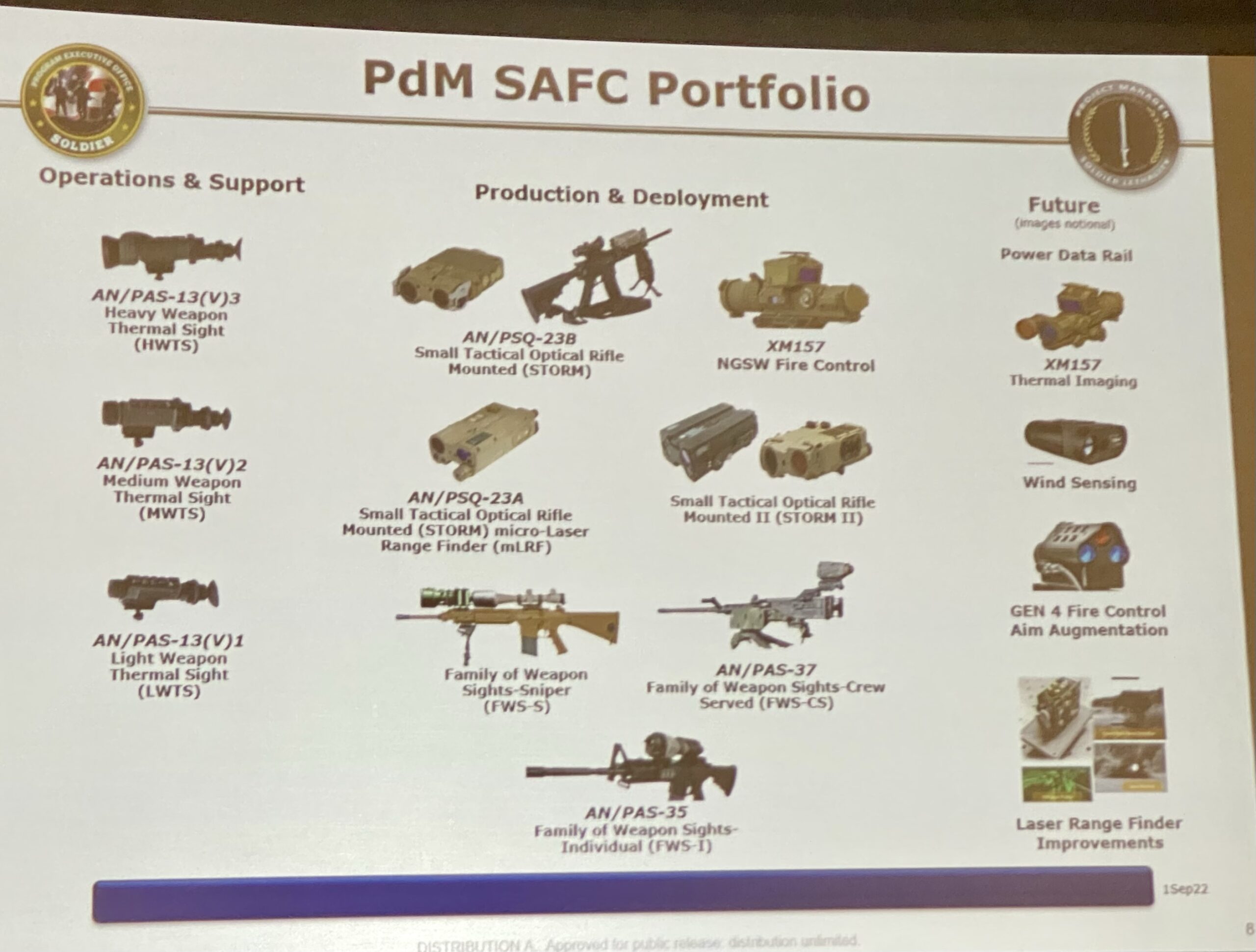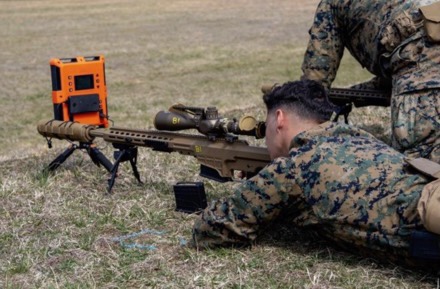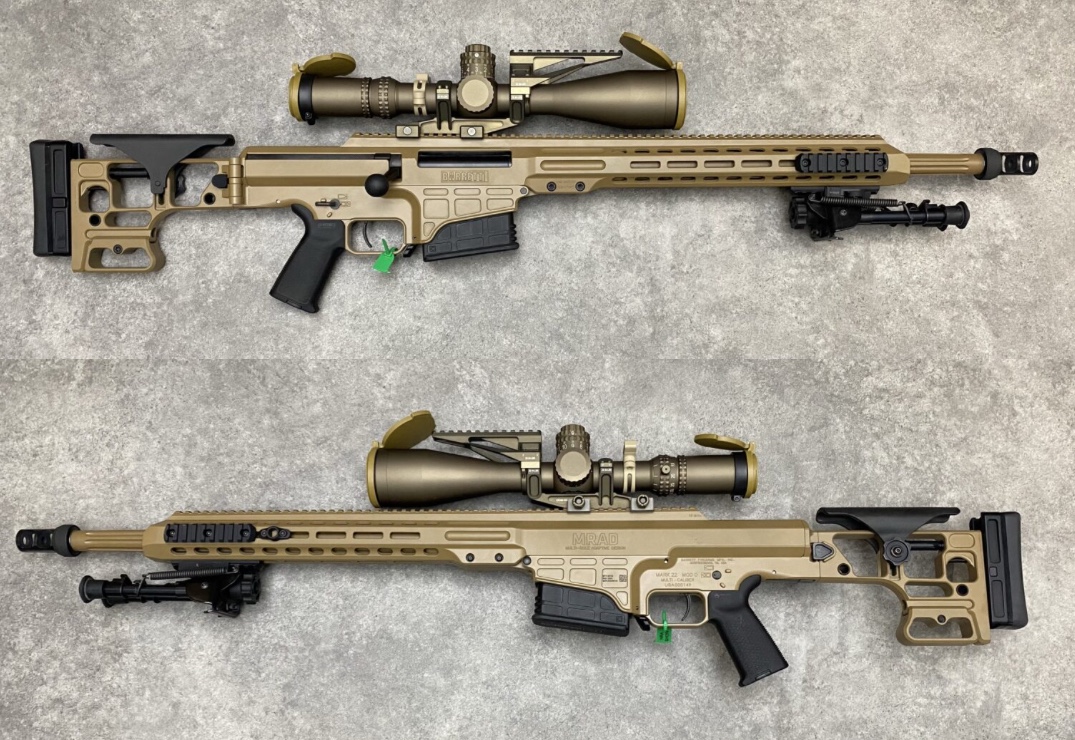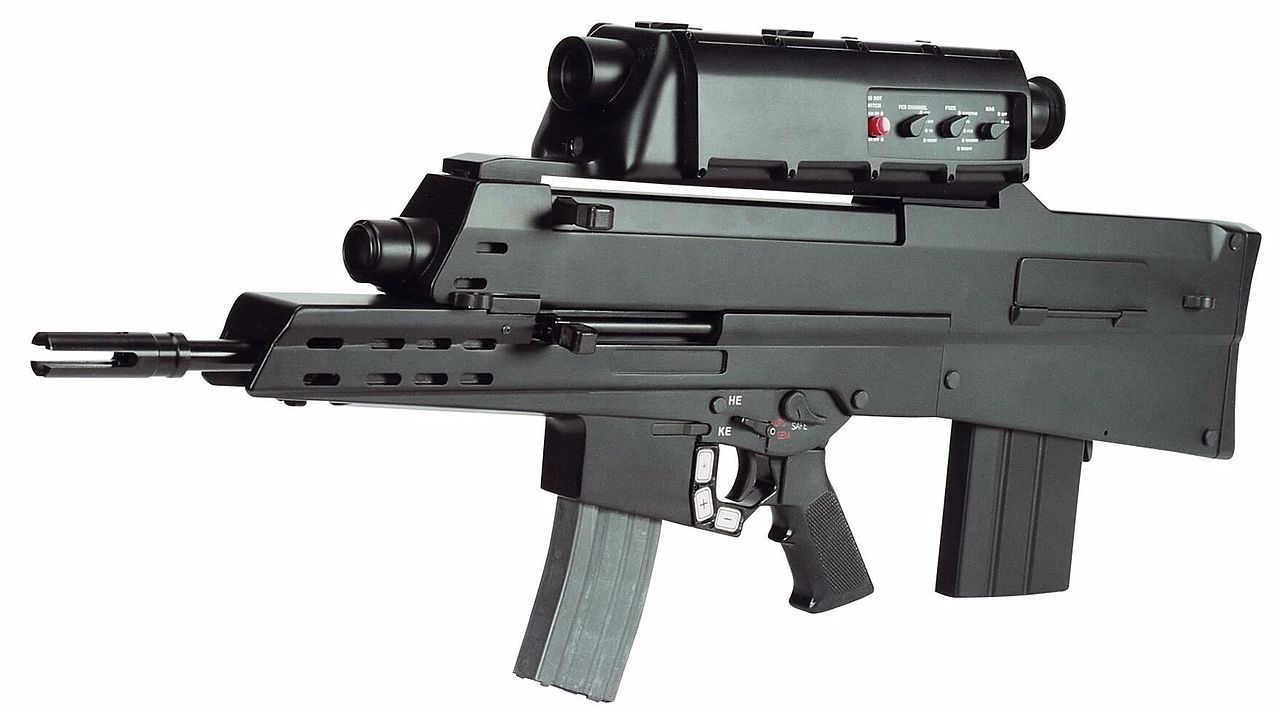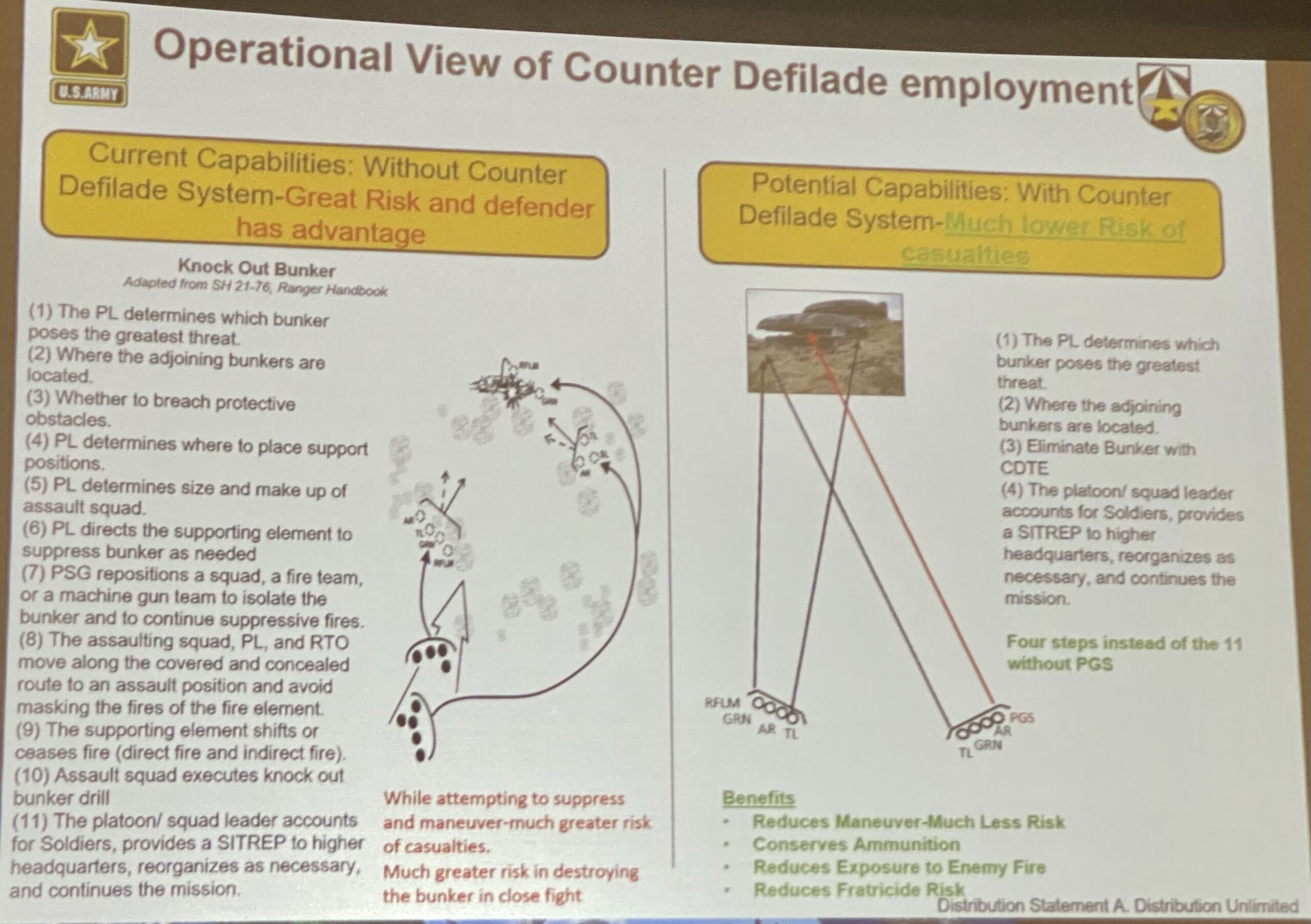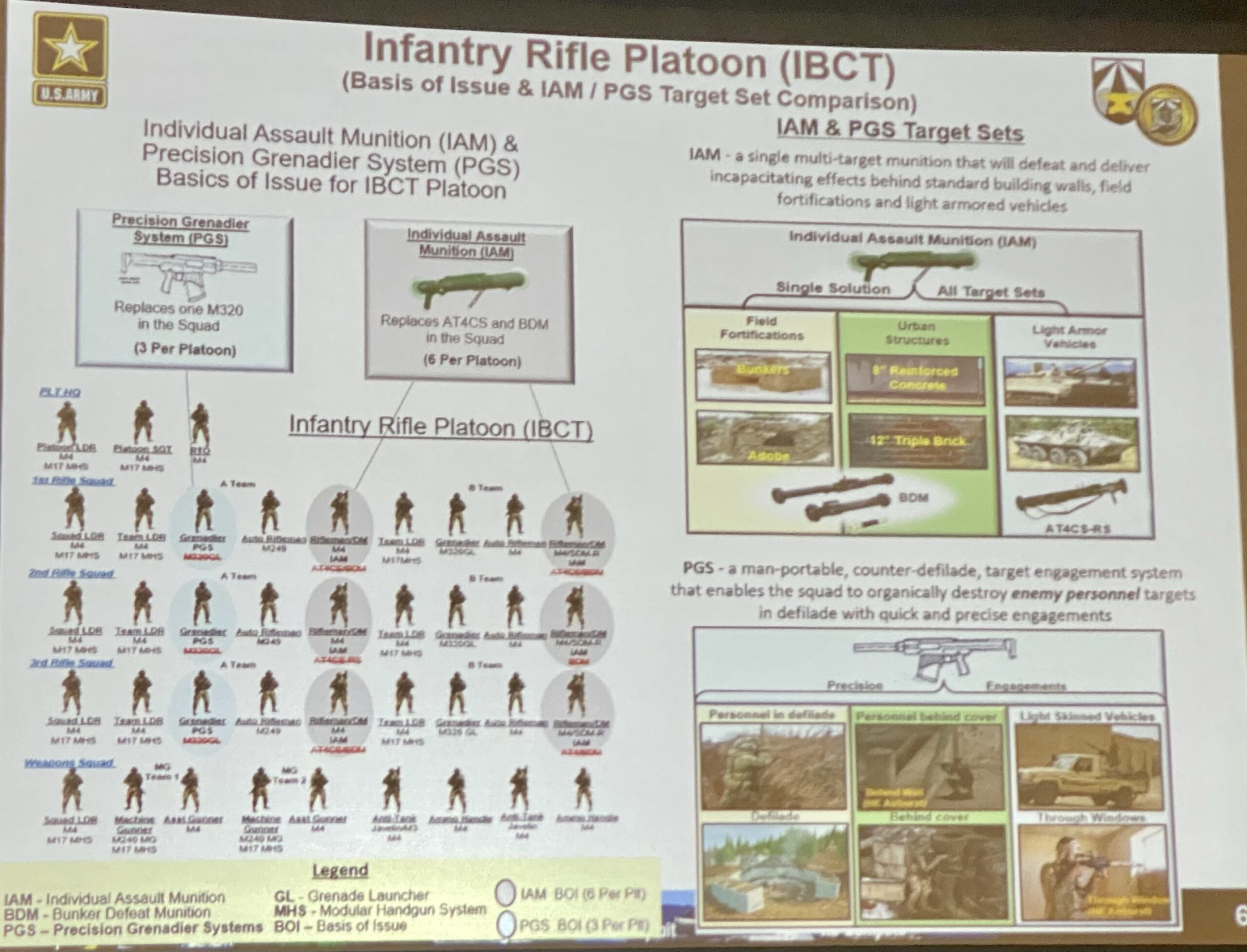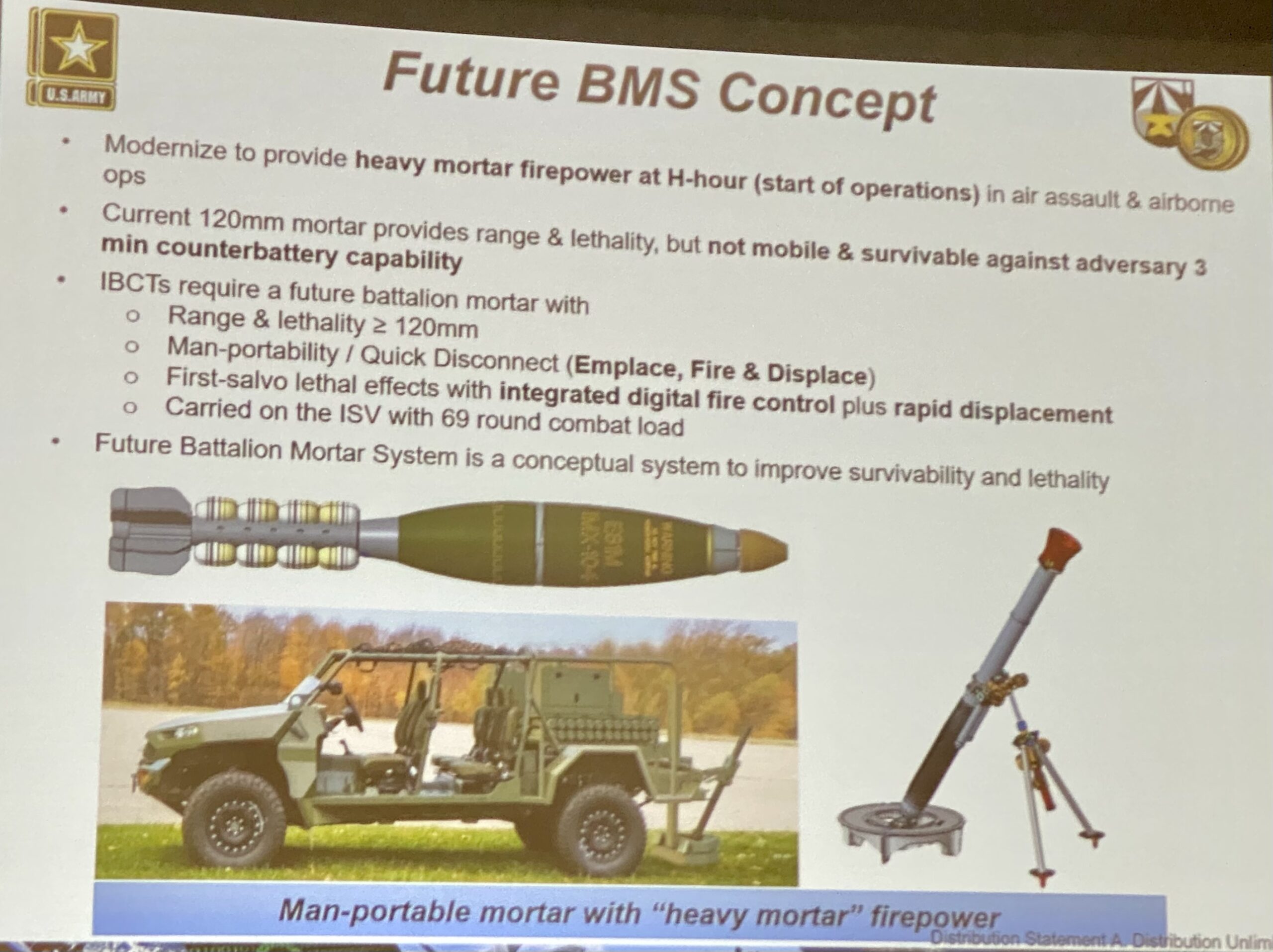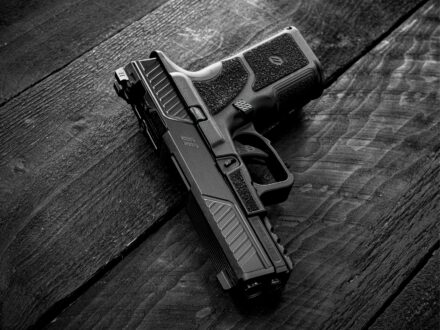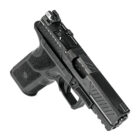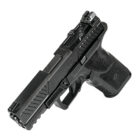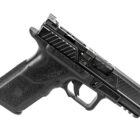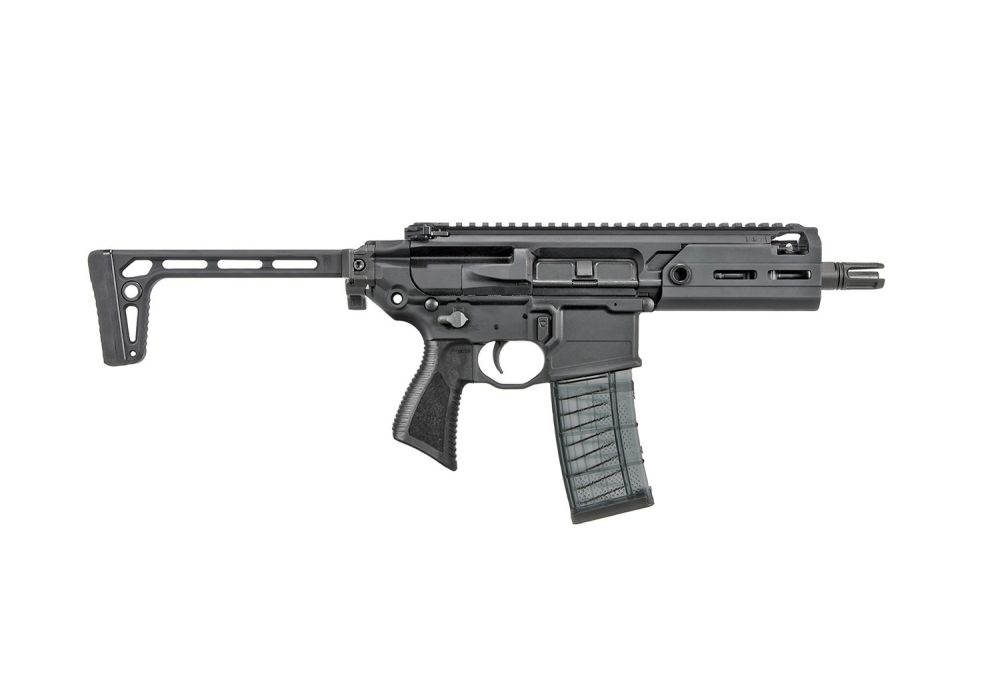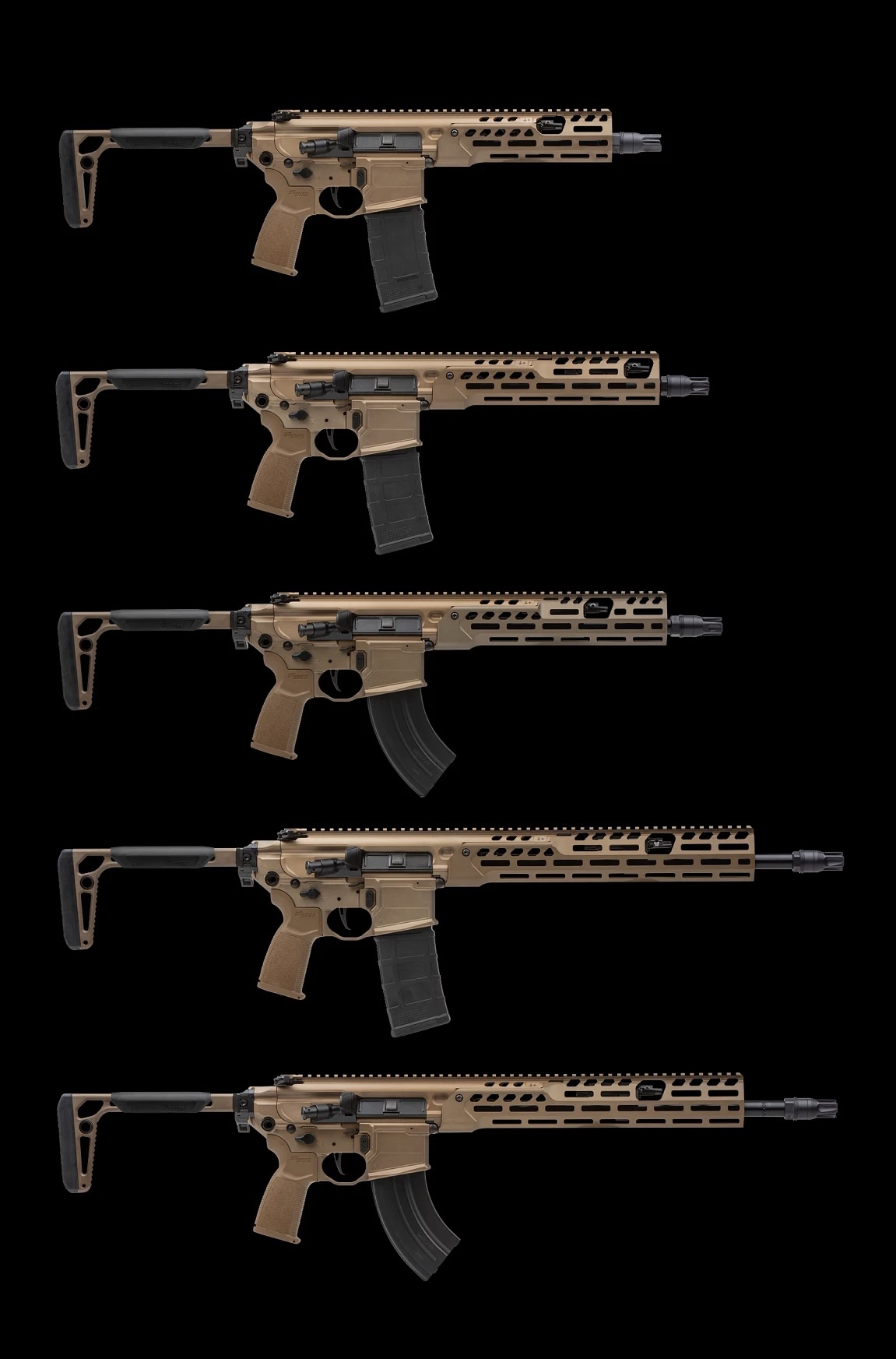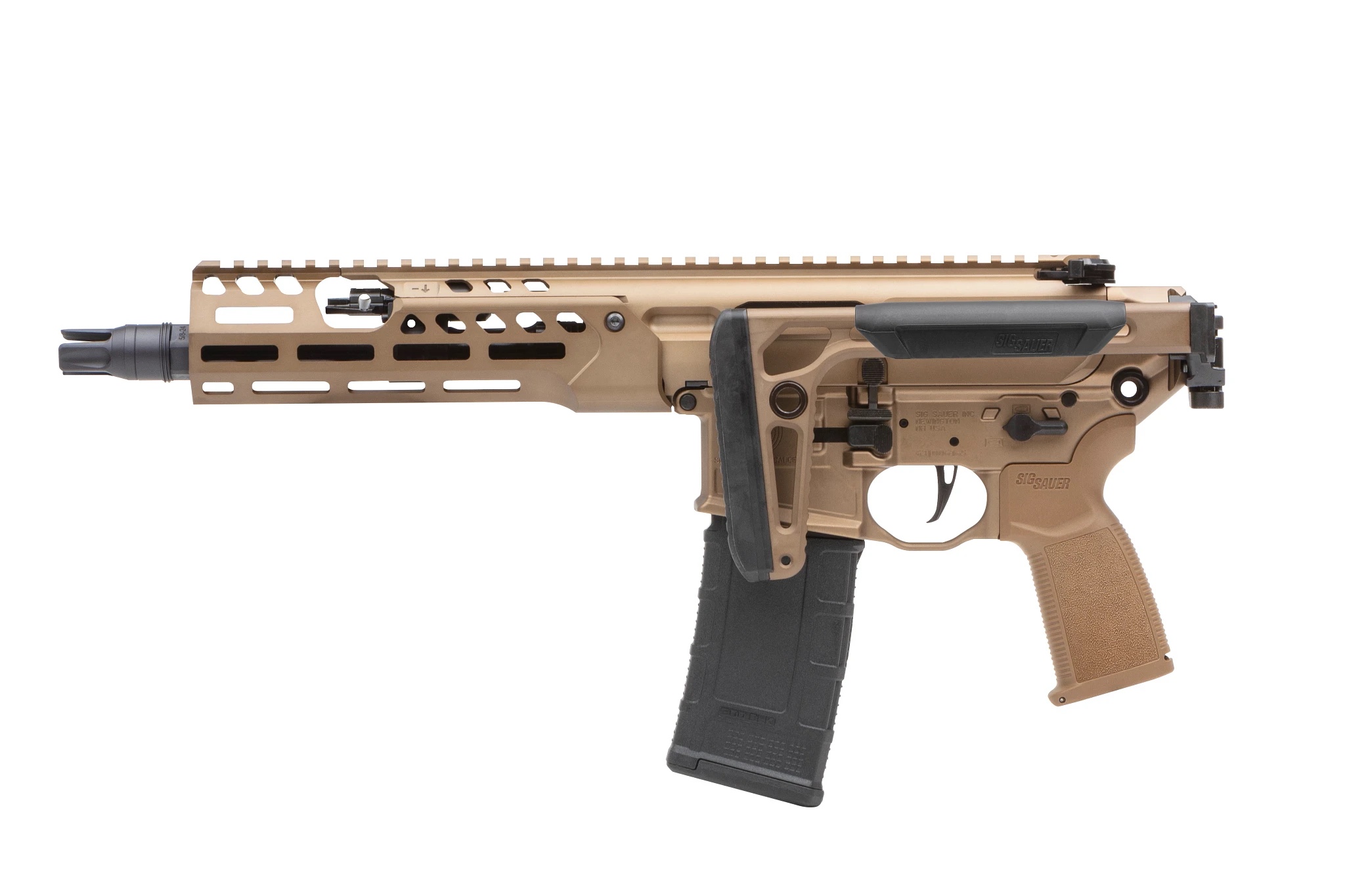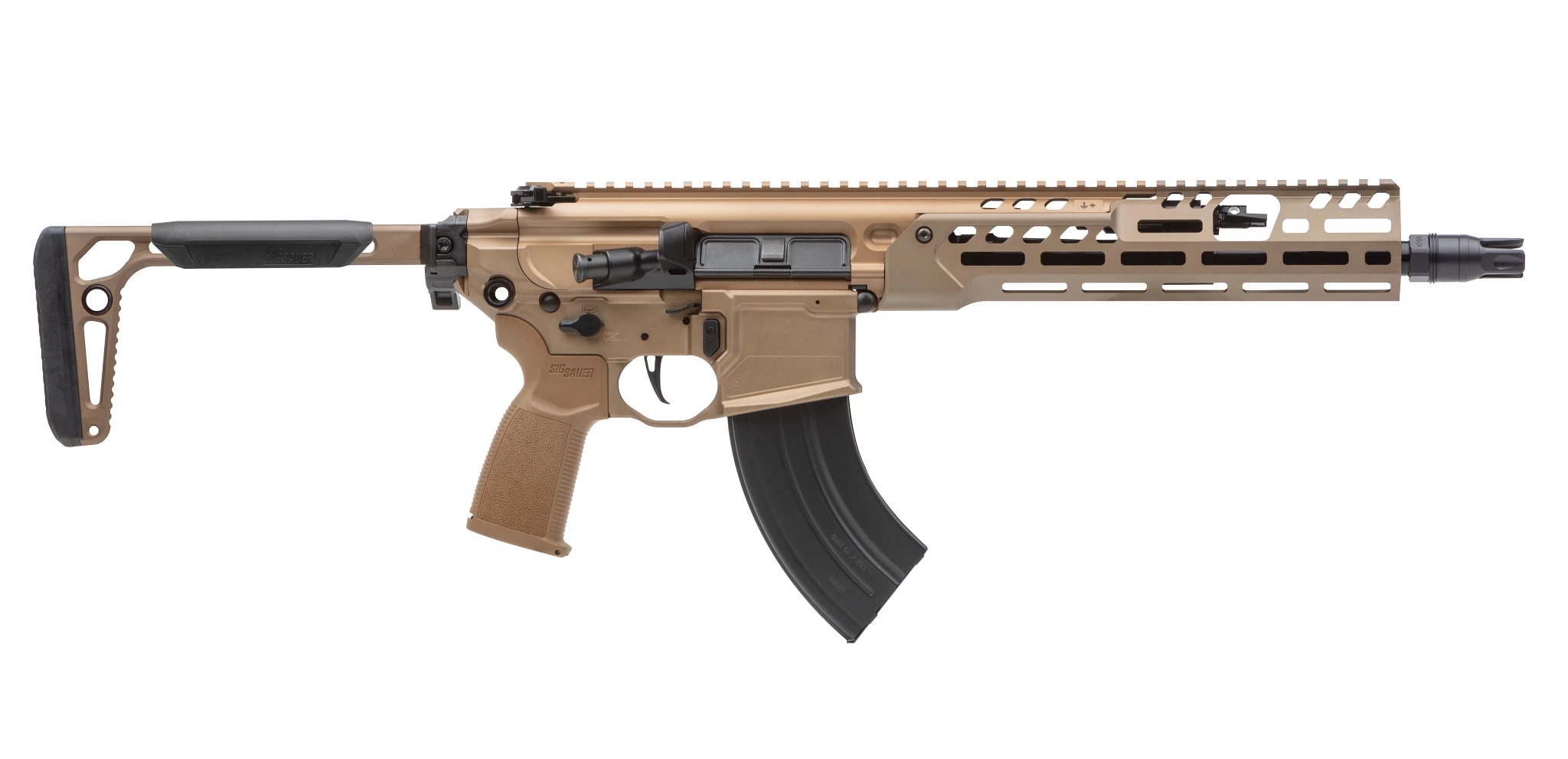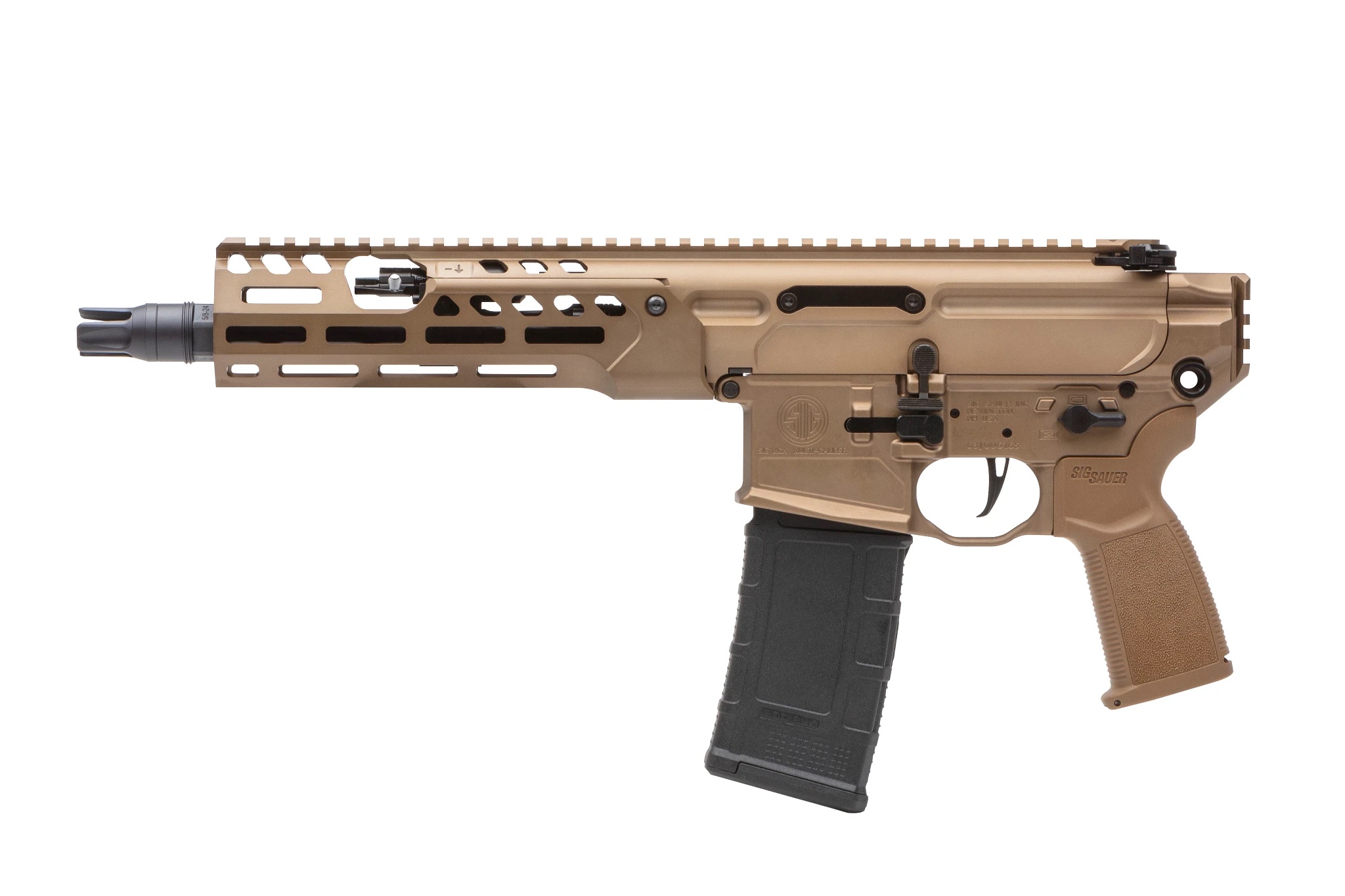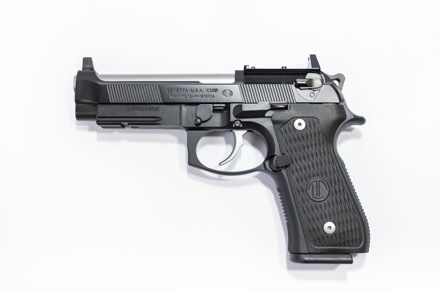30 September 2022
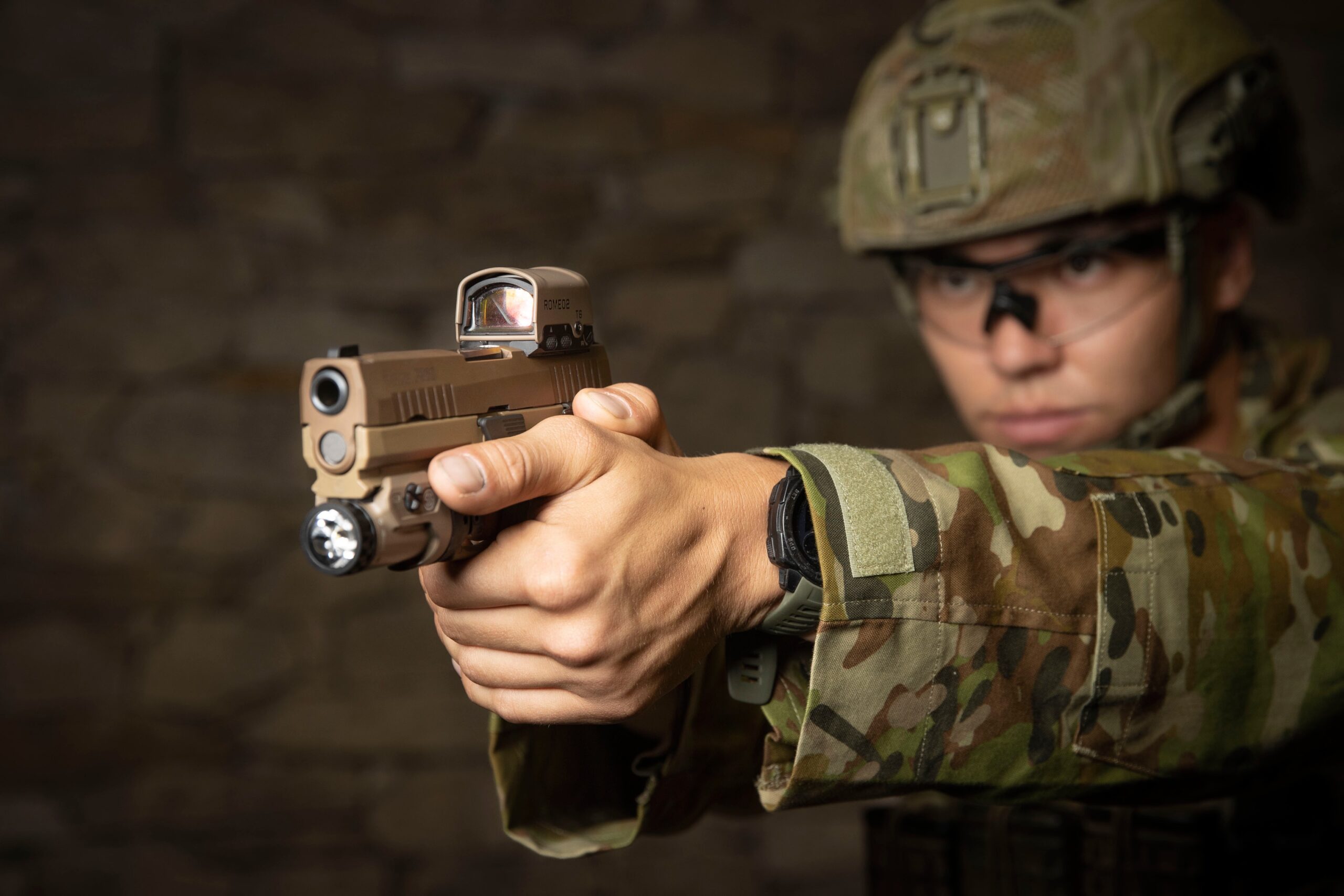
The Federal Government has signed a multi-million dollar agreement with a Queensland company to start acquiring and supplying the next generation of small arms for the Australian Defence Force (ADF).
The contract is part of a $500 million plus commitment to provide Australia’s soldiers, sailors and aviators with enhanced lethality weapon systems.
Head Land Systems, Major General Andrew Bottrell today announced the awarding of the Lethality System Project (LAND 159) Tranche 1 contract to Queensland-based company NIOA, in the lead-up to the Land Forces 2022 Exposition in Brisbane.
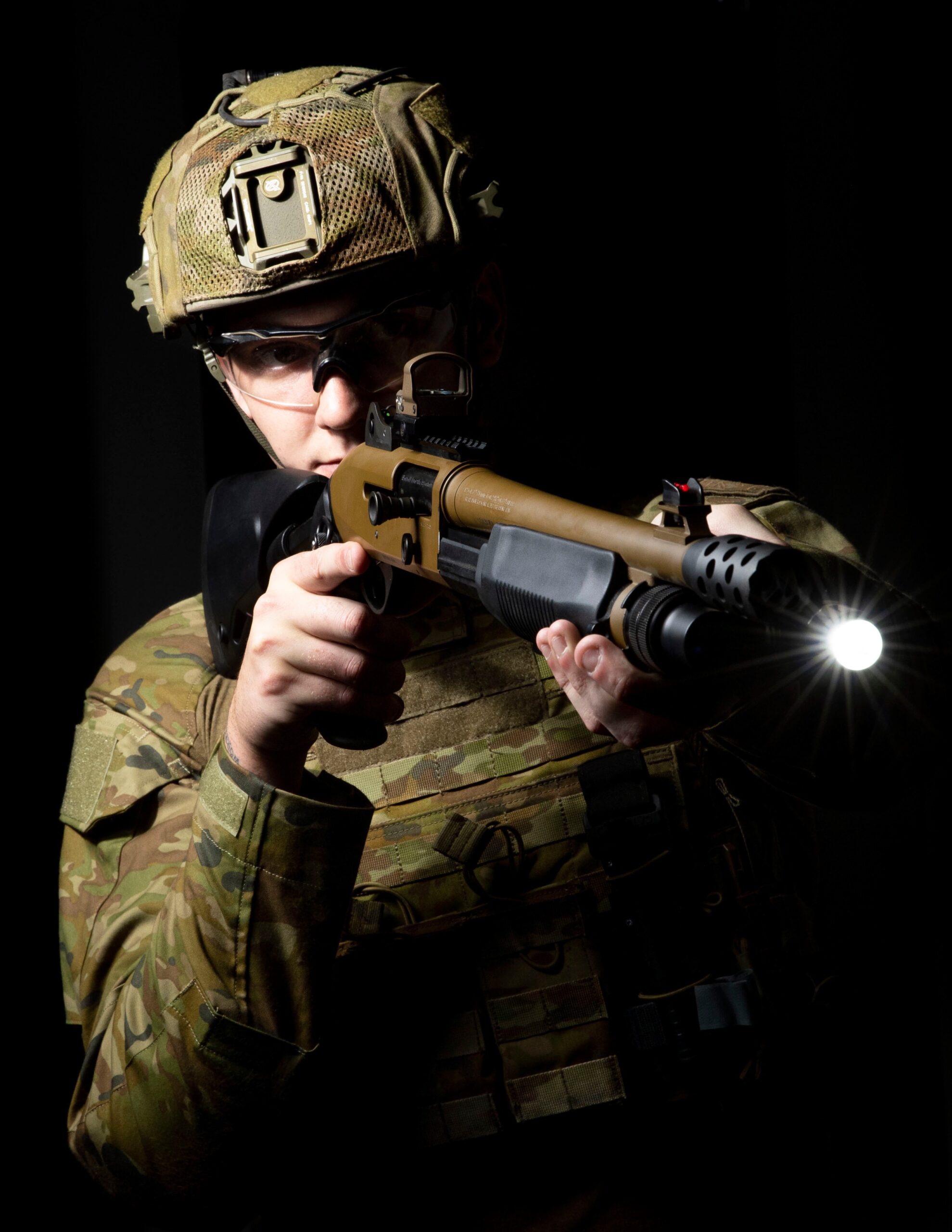
Between now and the mid-2020s, NIOA will use a range of sub-contractors to supply new sniper rifles, pistols, shotguns, personal defence weapons, fighting knives, and an assault breaching system to the ADF, with many of the new weapons to be on display at Land Forces.
Major General Bottrell said the contract would include munitions and ancillary equipment including optical and laser systems, torches and suppressors for the new generation of small arms.
“Under the contract, NIOA will be the prime contractor, working with local and international suppliers and weapon manufacturers on the acquisition, integration, delivery and ongoing support of the new weapon systems from 2023.”
“This is a bold step into modern weaponry to quickly improve Australia’s defence preparedness.”
Major General Bottrell said early engagement with industry had proven very successful.
“NIOA has demonstrated a long?term commitment, private investment, and a focus on growing sovereign industrial capability to support Australia’s war fighters.”
“The collaboration between Defence and industry means we will acquire the best available weapon systems for our troops.”
Defence will seek to maximise Australian industry involvement throughout the life of the Lethality System Project, and ensure continuous engagement with industry partners.
New weapons systems to be acquired include:
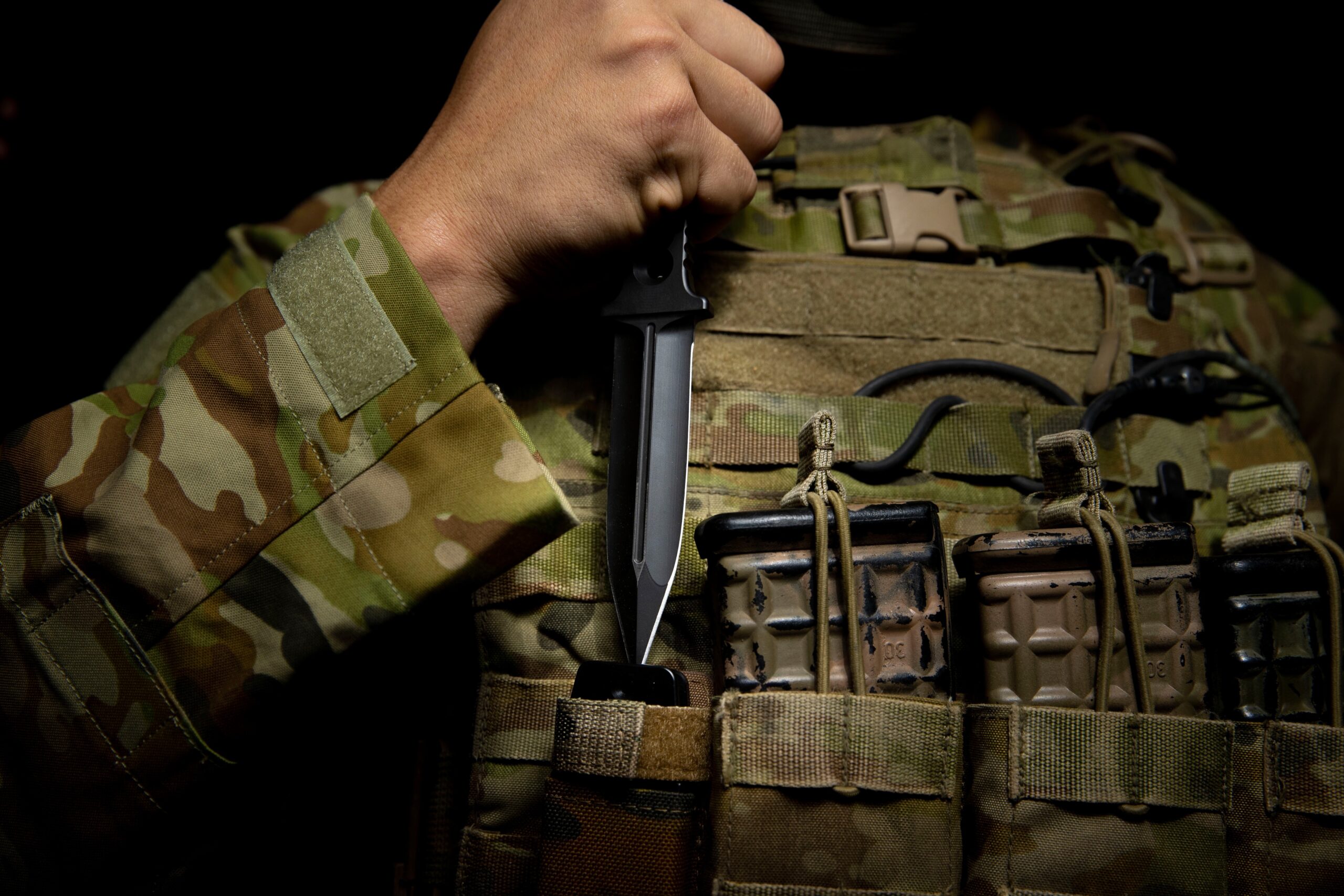
• Australian manufacturer ZU Bladeworx’s Double-Edged Fighting Knife – selected as the basis of the ADF’s new Hand-to-Hand Fighting System. The black, double-edged fighting knife has a 100mm blade, is machined from a solid billet of A2 steel and features a non-slip handle and retention ring.
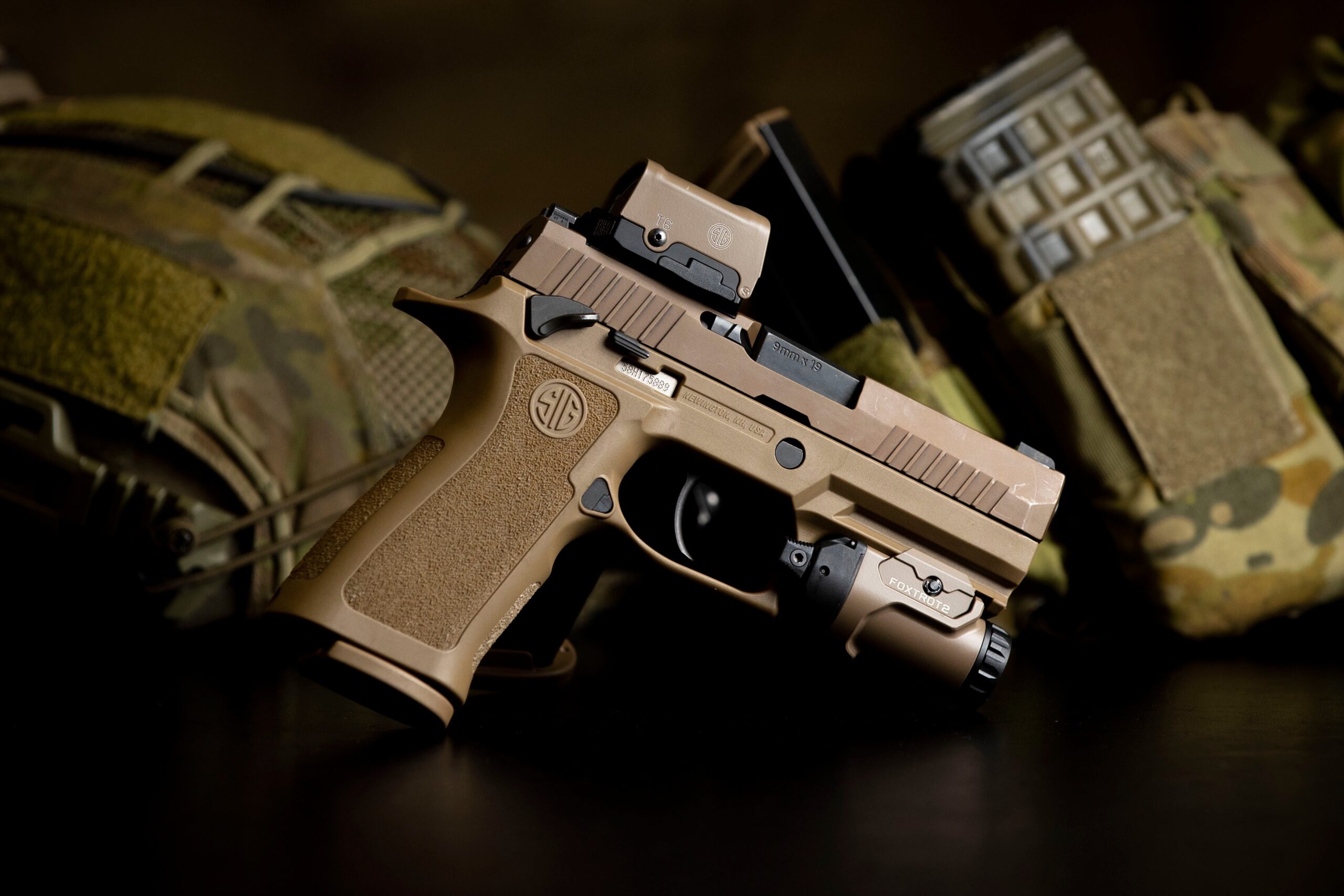
• The SIG Sauer P320 XCarry Pro – selected as the platform for the Sidearm Weapon System, which will replace the venerable Browning Mk3 pistol. It will be complemented with reflex sights, and a white light illuminator.

• The Benelli M3A1 – selected as the platform for the Combat Shotgun System. Operable in semi-automatic or pump-action mode, it is complemented with a red dot sight and white light illuminator.
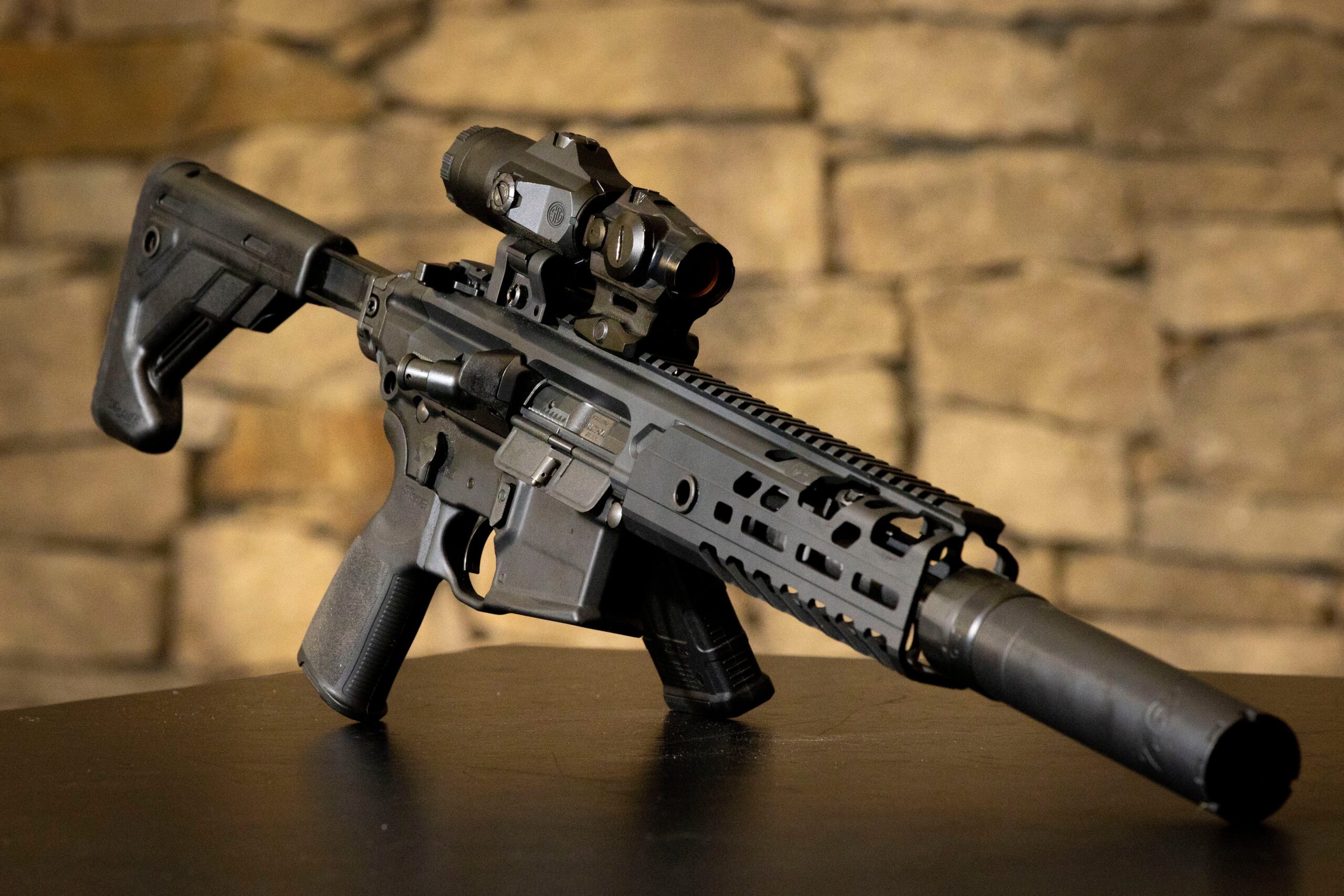
• The SIG Sauer MCX, in .300 Blackout calibre – selected as the platform for the Personal Defence Weapon System, to provide dismounted combatants with a light, modular, and compact weapon system that can be rapidly optimised for specialised roles.
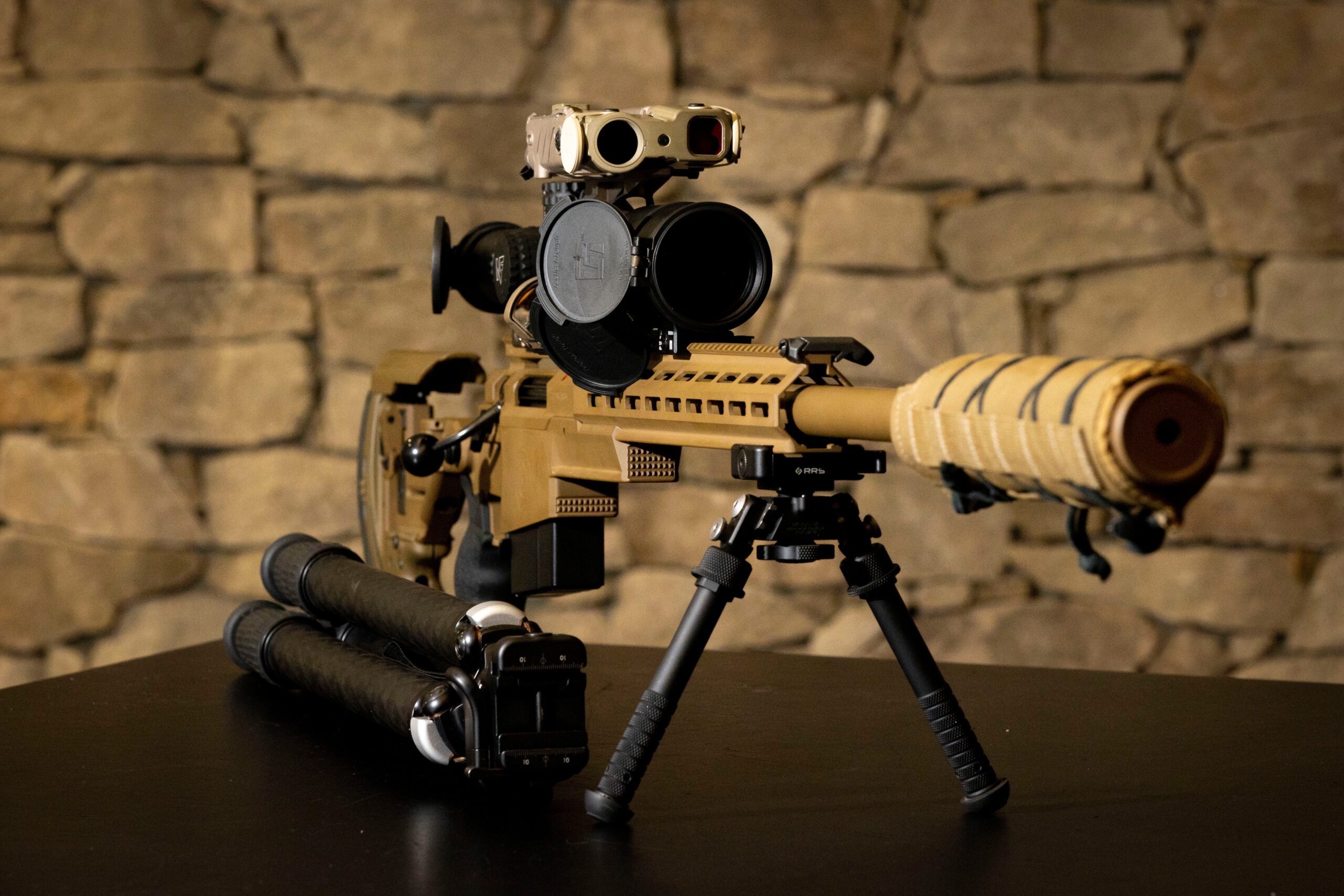
• The Accuracy International AX-SR – selected as the platform for the Long Range Sniper Capability. It will be introduced into ADF service as a multi-calibre system capable of delivering in .338 Lapua Magnum, .300 Norma Magnum and 7.62mm NATO calibres.
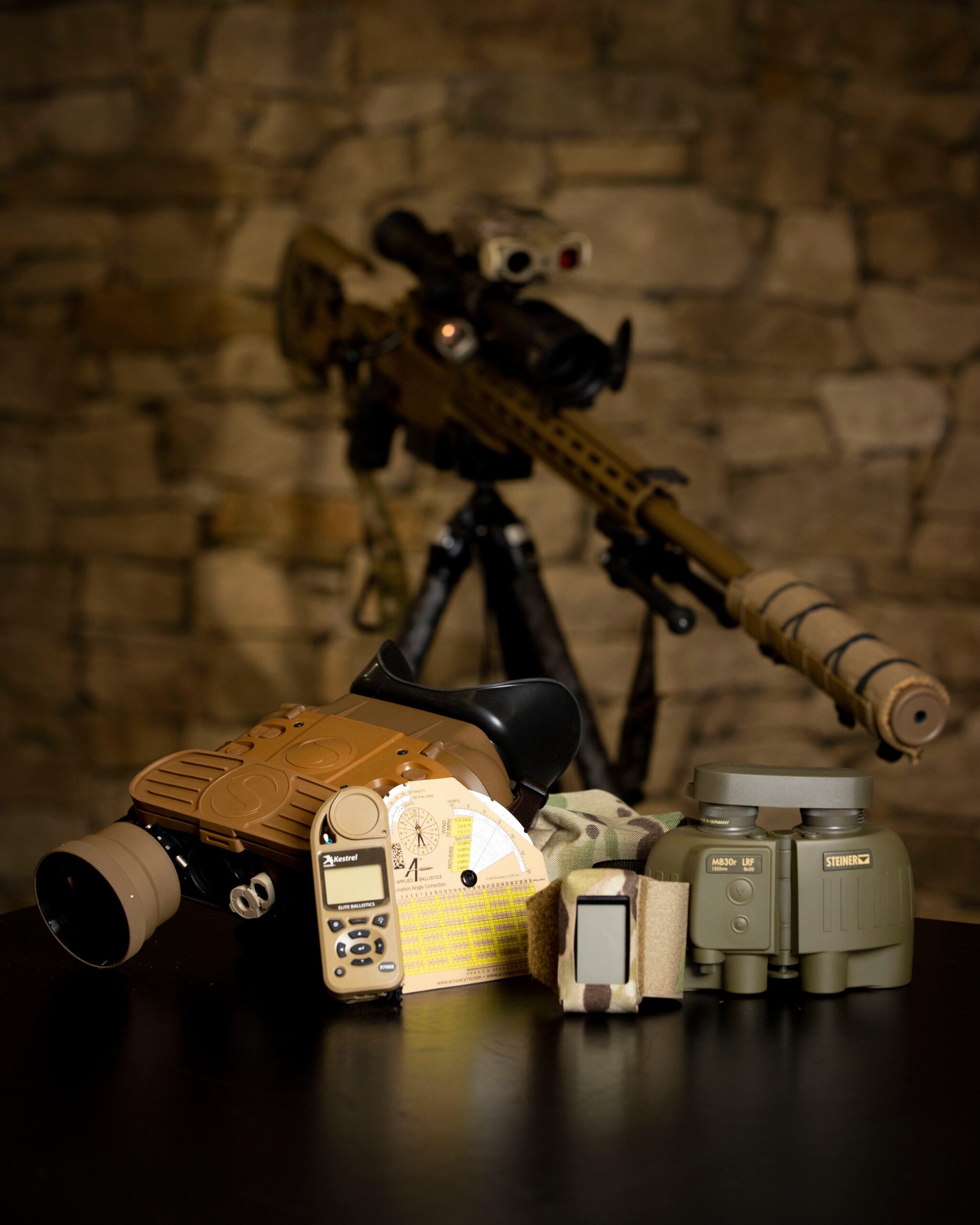
• The Sniper Surveillance Capability – selected to provide ADF snipers with a day and night capability utilising the Safran JIM Compact multispectral surveillance device and Steiner laser range-finding binoculars.
• The M107A1 rifle, manufactured by Barrett Firearms Manufacturing Incorporated, – selected as the platform for the Anti-Material Sniper Capability. The M107A1 is a lighter, modernised and suppressed derivative of the in-service weapon, and is complemented with precision optics, night vision, and ranger-finding devices.


